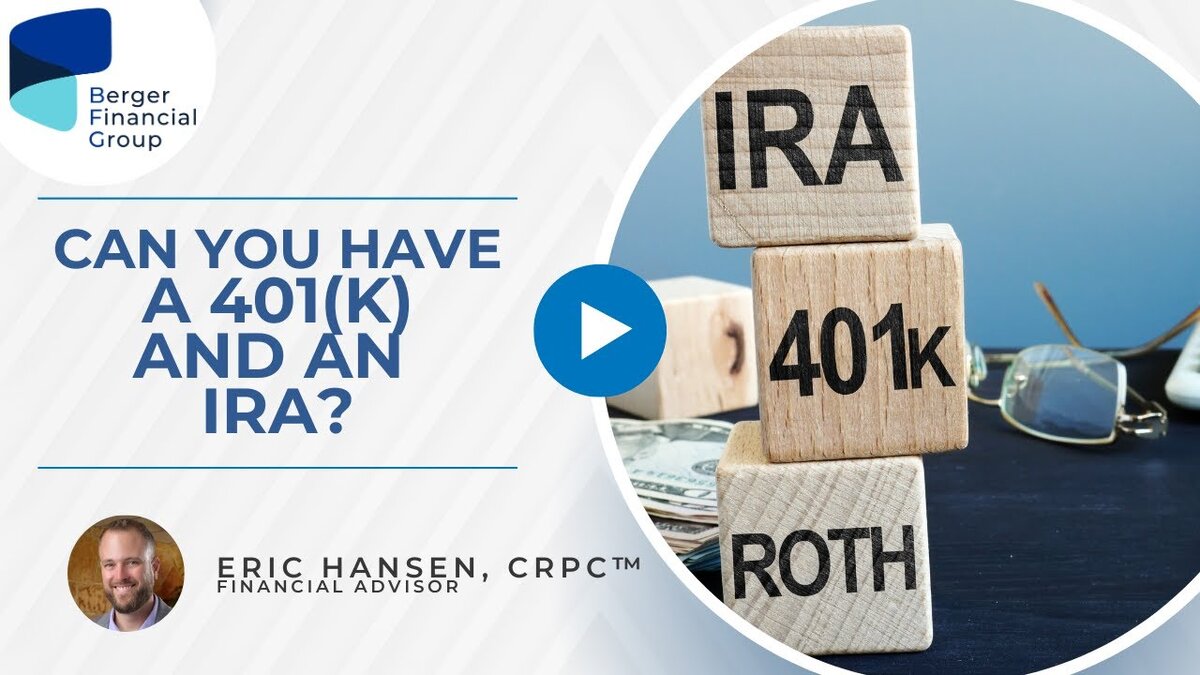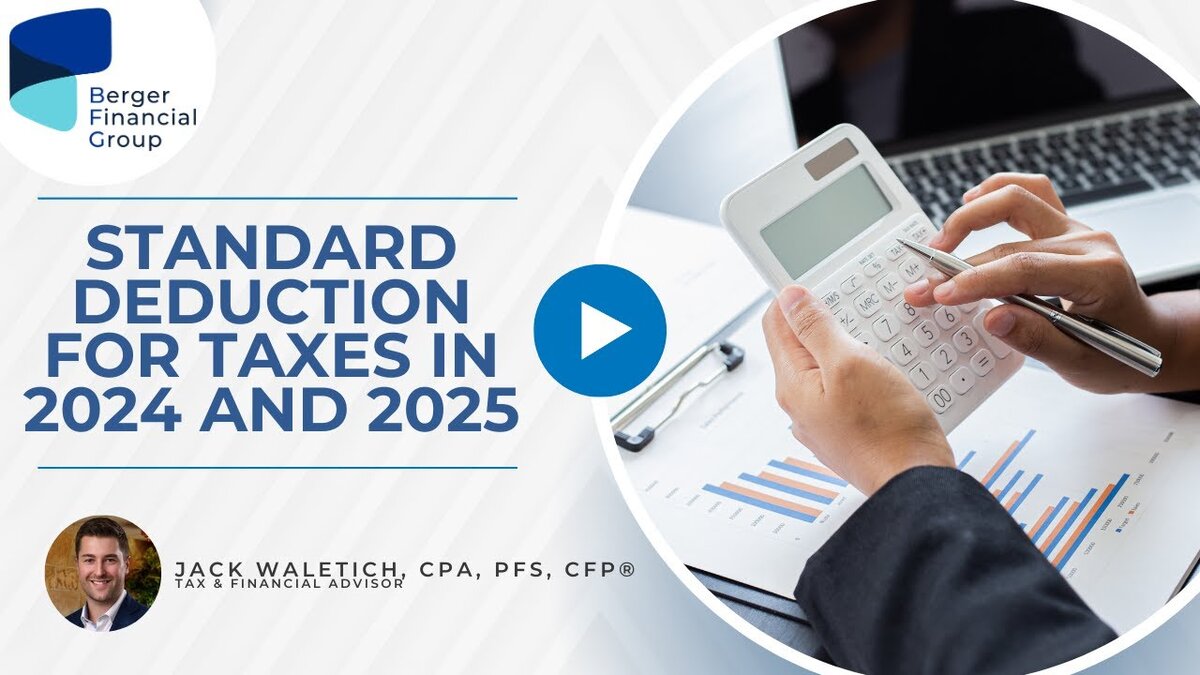Giving to charity is a wonderful way to support causes you care about while also reaping some tax benefits. Maximizing tax deductions when donating to charity requires understanding the different strategies available, as this can significantly impact your tax savings and overall financial plan.
Understanding Your Tax Situation
Consider Your Current and Future Tax Brackets
Your current and future tax brackets play a crucial role in determining the best strategy for charitable donations. If you expect your tax bracket to remain stable or increase in the future, certain donation strategies might offer more significant tax benefits now or later.
Age and Itemizing Deductions
Your age and whether you itemize deductions are also important considerations. Generally, individuals under 70 1/2 years old have different optimal strategies compared to those over this age threshold. Additionally, itemizing deductions versus taking the standard deduction can change the impact of your charitable contributions.
Donation Strategies to Maximize Tax Deductions
Donating Highly Appreciated Stock
Highly appreciated stock can be a goldmine for maximizing tax deductions. When you donate appreciated stock, you can deduct the current market value of the stock, not just its original purchase price (basis). This allows you to avoid capital gains tax and get a deduction at the appreciated value—a legal form of double-dipping that benefits both you and the charity.
Annual Charity Contributions
For those who consistently give to charity and are under 70 1/2 years old, making annual donations of cash, appreciated stock, or non-cash items is a flexible and straightforward strategy. This approach works best if you itemize deductions and your tax brackets remain similar year to year. It offers the flexibility to make donations as you see fit without any loss deductions.
Using a Donor-Advised Fund (DAF)
A donor-advised fund (DAF) allows you to contribute cash or appreciated stock to a separately managed fund, which then distributes the donations to charities over time. The contribution to the DAF is tax-deductible, not the grant to the charity. This strategy is beneficial if you’re under 70 1/2 years old and either take the standard deduction or have fluctuating tax years. By timing your contributions to the DAF strategically, you can maximize your tax benefits.
Qualified Charitable Distributions (QCDs)
If you are 70 1/2 years old or older, qualified charitable distributions (QCDs) offer a powerful way to reduce your taxable income. You can donate directly from your IRA to a charity, which counts as an above-the-line deduction. This reduces your adjusted gross income (AGI) and can lower your taxable Social Security benefits, required minimum distributions (RMDs), and Medicare premiums. The maximum annual contribution for QCDs is $100,000.
Making the Most of Your Charitable Contributions
Timing Your Donations
Timing your donations strategically can enhance your tax benefits. For instance, if you anticipate being in a higher tax bracket in the future, making larger contributions now could provide more significant tax savings. Alternatively, if you expect a lower income year, you might delay donations to when they can provide more substantial deductions.
Bundling Donations
Bundling donations, or making larger contributions in a single year rather than spreading them out, can also maximize deductions. This strategy is particularly useful if you typically take the standard deduction but could itemize with a larger one-time donation.
Keeping Detailed Records
Meticulous record-keeping is essential for maximizing tax deductions. Ensure you have receipts for all charitable contributions, including non-cash donations. For donations of appreciated stock or contributions to a DAF, additional documentation may be required.
Conclusion

Maximizing tax deductions when donating to charity requires understanding your financial situation, choosing the right strategy, and timing your contributions effectively. Whether donating highly appreciated stock, contributing to a donor-advised fund, or making qualified charitable distributions, each method offers unique benefits that enhance charitable giving while providing significant tax savings. By staying informed and planning your contributions carefully, you can support the causes you care about and maximize your financial resources. For personalized advice and to ensure you are optimizing your tax deductions, contact Berger Financial Group today.






